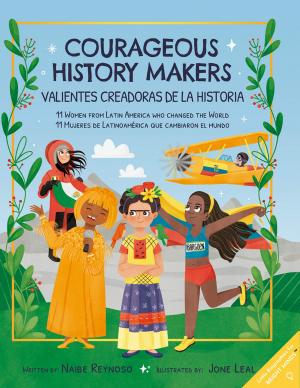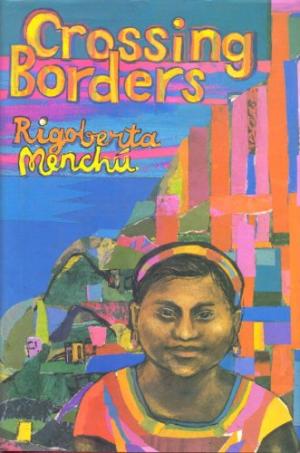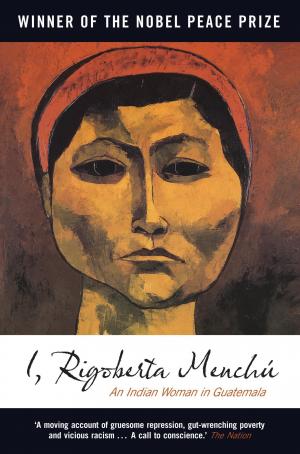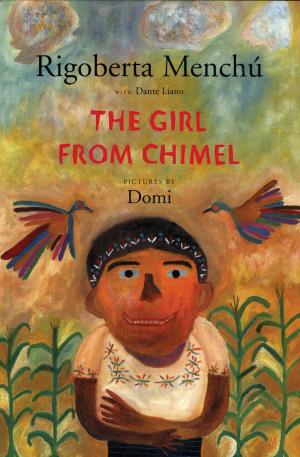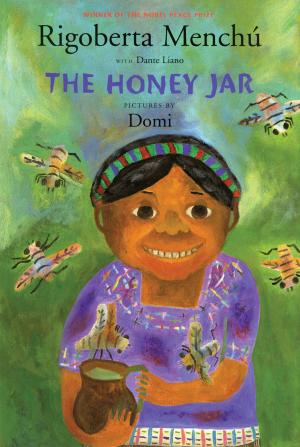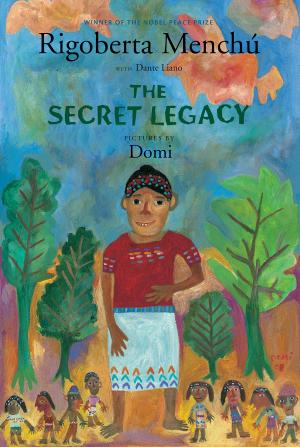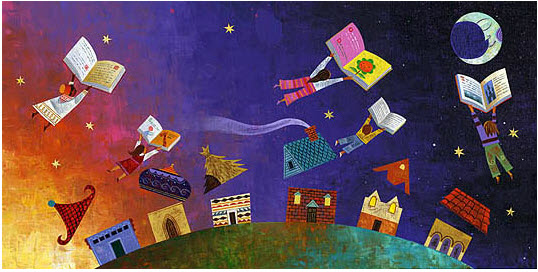Rigoberta Menchú: Books for Children and Teens
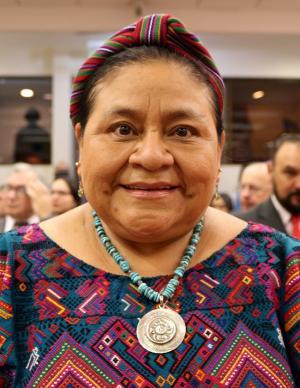
Rigoberta Menchú (K'iche') is a Mayan activist and leader from Guatemala who won the Nobel Peace Prize in 1992. These books tell different pieces of her story for readers of all ages; most of the books are written by Menchú.
Photo: Creative Commons License, Rigoberta Menchú en la Apertura del Año Judicial Interamericano 2018

